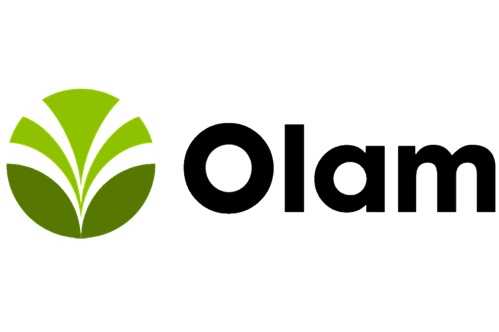Business is increasingly regarded as a key player in leading nature conservation. This week IUCN is engaging with representatives of several global businesses at the Sustainable Brands conference taking place in San Diego.
Here is one example of the benefits conservation can bring to wildlife and a company’s profit margin.
Imagine protecting threatened wildlife, empowering local communities in the process and doing it all through a premium organic coffee brand. Such was the triple win solution generated by IUCN Member Woodland Park Zoo’s (WPZ) Tree Kangaroo Conservation Programme (TKCP), selected for funding through IUCN’s SOS – Save Our Species initiative in 2012.
It is a story which began in 2009 in the remote valleys of Papua New Guinea’s (PNG) Huon Peninsula and is echoing around business partner Caffe Vita’s stores in Seattle, Los Angeles and New York City, USA. There 500 gram bags retail alongside freshly brewed mugs for in-store aficionados to enjoy.
Initially, the coffee is harvested from naturally shaded groves at elevations ranging from 1200 to 1500 metres by community members who have committed to conserving 180,000 acres of land for the preservation of the Endangered Matschie’s Tree Kangaroo (Dendrolagus matschiei). It is then purchased and transported to international markets quarterly, distributed exclusively through the business’ own chain of stores.
According to Caffe Vita, it is the substance of the story behind the coffee as much as the quality of the product which attracts customers. Deforestation to make way for subsistence rice farming, combined with over-hunting, was threatening this endemic species of marsupial, the only tree-dwelling kangaroo. Developing a commercially viable solution that incorporated community and wildlife interests was deemed the ideal sustainable solution to a number of issues.
Thus in consultation with communities of Yopno, Uruwa, and Som (YUS), Woodland Park Zoo helped create PNG’s first Conservation Area (CA) marking the first use of the country’s highest level of protection for forests and wildlife, forever prohibiting any form of resource extraction in the YUS CA. This was a significant achievement given that 95% of PNG land is owned by local people and the 15,000 strong population of the YUS region was geographically fragmented.
Fundamental to the project was the creation of land-use plans and mapping land titles to identify opportunities for coffee planting balanced with habitat and resource management. Setting aside land to grow high value coffee proved so appealing that some people walked for two days to participate in the consultation meetings.
Karau Kuna, TKCP Conservation Manager explains “in reality, all the planning was done by the people; we the facilitators just introduced the concept and provided the technical support”. Going beyond coffee growing was key to the project’s longevity, however.
Community members also learned about coffee processing and will eventually take on marketing the product to new and existing buyers. As with any new venture there are challenges, but Lisa Dabek Director of the TKCP is confident. She explains “the coffee project continues to grow and strengthen despite the challenge of transport in this remote region. SOS funding has allowed us to provide further technical assistance for the coffee project while it is still at a critical juncture”.
Receiving the UN Equator Prize 2014 was an important endorsement for the TKCP. But markets have also responded positively with the project recording 60% increase in prices earned since the beginning of the initiative in 2011. Such developments only hint at the multiple and lasting benefits of a project such as this as the YUS community look ahead to their fifth year in business.
Wildlife conservation is not always straightforward. While for SOS – Save Our Species and WPZ protecting Dendrolagus matschiei from extinction remains the priority, the solution must be sustainable and fair for all stakeholders. Otherwise conservation successes can be short-lived.
Finding that solution is like striking gold as a wealth of inspiring real life stories emerge, connecting communities, commerce and wildlife. As brands seek to gain that winning-edge in an increasingly crowded marketplace, what better way than to champion such triple win stories?







